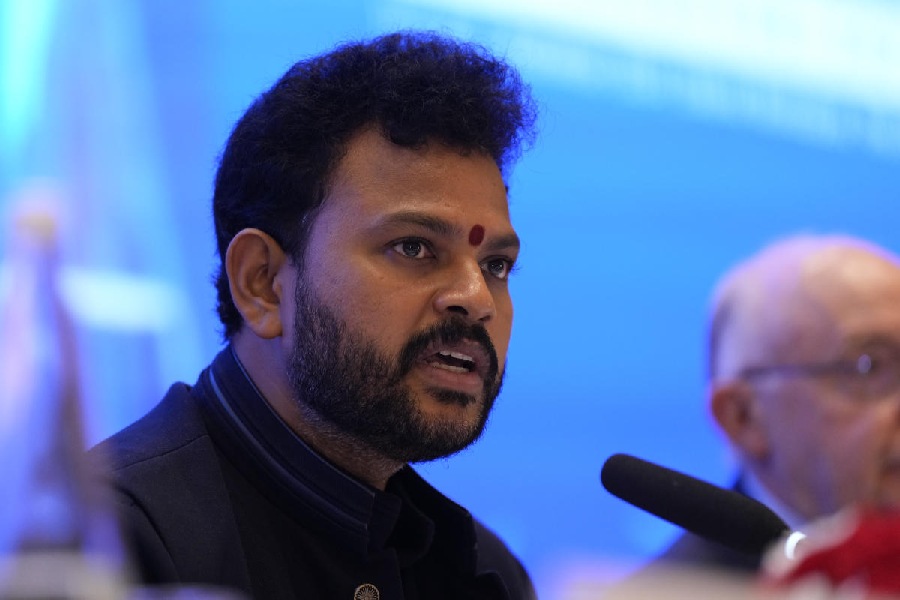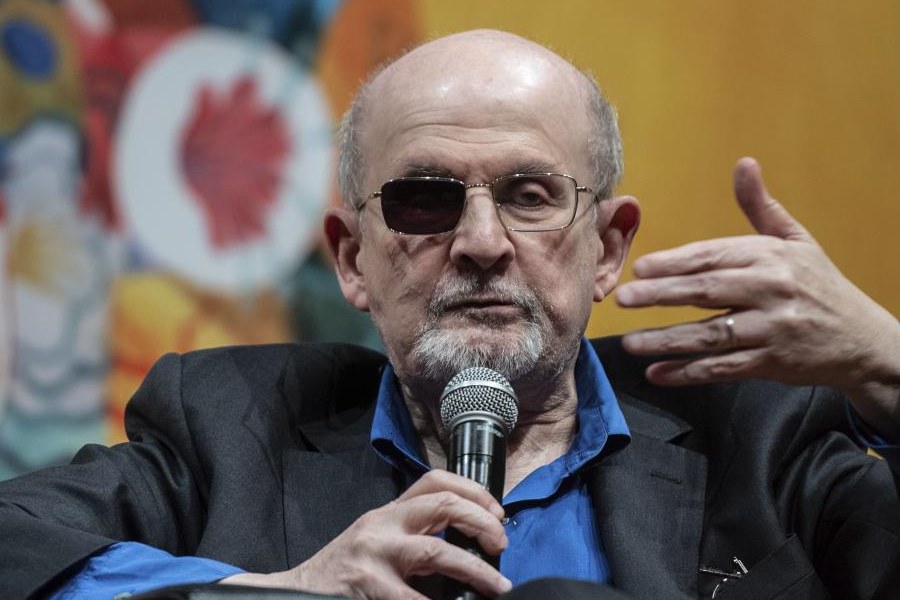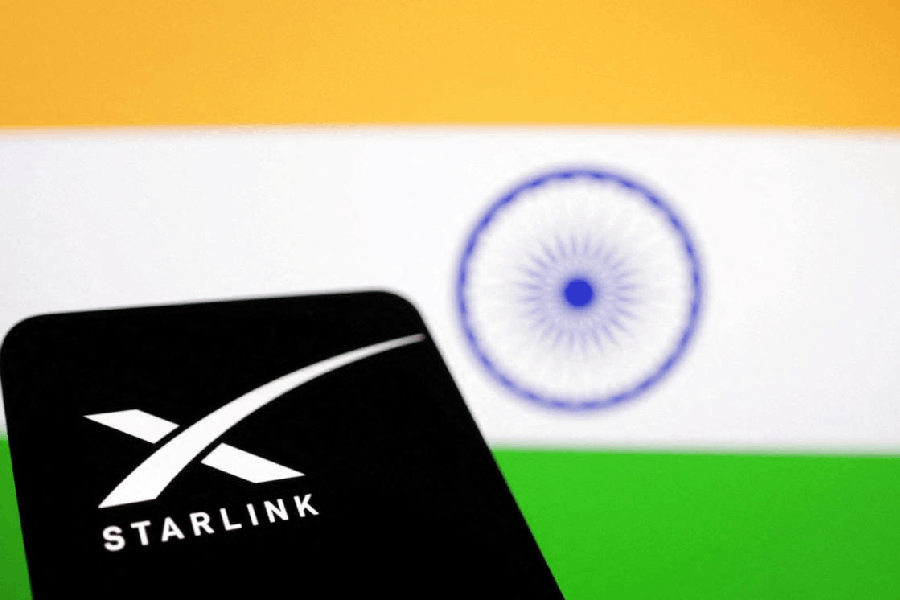 |
| The road leading to Shahid Sthal in Kharsawan. File picture |
Jamshedpur, Dec. 29: A New Year tribute to old heroes.
The tribals of Kharsawan will install a stone slab at Shahid Sthal on January 1 in memory of those who laid down their lives fighting for a separate state in 1948. The homage aims to usher in unity among the tribal sects of Kharsawan.
With just two days left for the ceremony, called biridin in tribal parlance, functionaries of Bharatiya Adivasi Sarna Mahasangh (BASM) today visited Shahid Sthal to zero in on the site where the slab will be installed. President of Ho Samaj Mahasabha and one of the key functionaries of BASM, Damodar Hansda, said they would get the stone slab from a field at Jojodih village, about 5km from Shahid Sthal.
Hansda, who has been spearheading a movement for bringing honour to over 7,000 tribals killed in the 1948 Kharsawan mutiny, said: “The 15ft long and 5ft wide slab will have the words — Long Live, Martyrs of January 1, 1948, Kharsawan Firing — inscribed on it. The writing will be in Warrangchipi for Ho community, Olchiki for Santhalis, Devnagri and English. A local sculptor, Sanjay Bandia, is working on the inscriptions.”
Hansda added the stone slab laying ceremony was a long-standing demand of the tribals of Kharsawan and adjoining West Singhbhum. “But as the successive state governments failed to meet our demand, we had to take up the job ourselves,” he said.
Elaborating on the ceremony, he said in the morning of January 1, priests belonging to different tribal communities — Hos, Oraons, Santhals, Mundas, Birhors, Bhumij, Lohars and Gopes — would attend the function.
“After installing the stone memorial, the priests will pay a tribute to the tribals killed in the mutiny. Different rituals will be performed for different tribal groups. Thereafter, a rally will be taken out,” Hansda said.
One of the survivors of the firing, Jagmohan Soy, while going down memory lane, recollected: “On January 1, 1948, hundreds of tribals had congregated to hold a meeting for a separate tribal homeland. As the meeting was called in defiance of prohibitory orders, the administration resorted to firing, killing innumerable tribal men. The administration dropped the bodies in wells across Kharsawan.”
“Till now, no one knows the actual death count,” he added.










